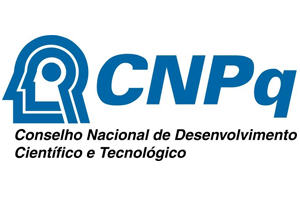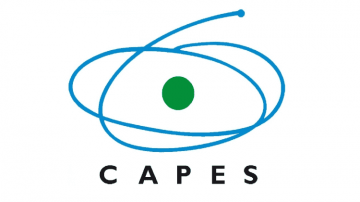Sheren Sameer Yousif
Assistant Lecturer, Department of Pediatric and Preventive Dentistry, College of Dentistry, University of Al- Ameed, Karbala, Iraq
Dr. Hawraa Abdulla Spahi
Master in Pediatric Dentistry, Ministry of health, Iraq
Dhuha Najm Abdulhussein
AL-Iraqia University, College of Dentistry, Iraq
Samaneh Razeghi
MSc in Pediatric Dentistry, Department of community Oral Health, School of Dentistry, Tehran University of Medical Sciences, Tehran, Iran
ABSTRACT
Background and Objective: Fear and anxiety in pediatric patients undergoing dental procedures remain significant challenges in clinical practice. Despite the availability of various sedation protocols, evidence regarding their comparative safety and efficacy in children is limited. This study aimed to evaluate the sedation efficacy and safety of intravenous ketofol (a ketamine-propofol combination) versus dexmedetomidine (Dex) as premedications for anxious children undergoing endodontic treatment. Methodology: A double-blind, randomized clinical trial was conducted with 40 anxious pediatric patients scheduled for endodontic treatment. The participants were randomized into two groups (20 patients each). Group I received ketofol (2 mg/mL ketamine and 4 mg/mL propofol) with a loading dose of 0.3125 mL/kg intravenously (IV) over 10 minutes, followed by a maintenance infusion of 0.05–0.125 mL/kg/h. Group II received Dex (4 μg/mL) with a loading dose of 2 μg/kg IV over 10 minutes, followed by a maintenance infusion of 0.1–1 μg/kg/h. Vital parameters, including non-invasive blood pressure (BP), oxygen saturation (SpO2), heart rate (HR), and respiratory rate (RR), were monitored at baseline, every 2 minutes initially, and every 5 minutes for up to 1 hour. Ramsay sedation scores were assessed pre- and postoperatively, and Aldrete’s recovery scores were recorded postoperatively. Results: Group I (ketofol) demonstrated a significantly shorter sedation onset time (P = 0.017) compared to Group II (Dex). However, Group I exhibited longer discharge times and required more frequent rescue doses and procedure interruptions (P < 0.001). Dex provided more stable respiratory parameters but was associated with a higher incidence of bradycardia compared to ketofol. Group I showed significant increases in mean arterial blood pressure (ABP), while Group II displayed a biphasic BP response. Conclusion: Dexmedetomidine is an effective sedative for pediatric patients undergoing endodontic treatment, characterized by minimal interruptions, lower rescue medication requirements, and shorter procedure and discharge durations. Although Dex has no adverse effects on respiration, it is associated with bradycardia and biphasic BP changes, necessitating careful dosing and monitoring. These findings highlight the importance of tailoring sedation protocols to individual patient needs for optimal outcomes.
Keywords: Dexmedetomidine; Endodontic treatment; Human; Hypnotics; Ketofol; Premedication; Pediatric; Sedatives; Sedation.




